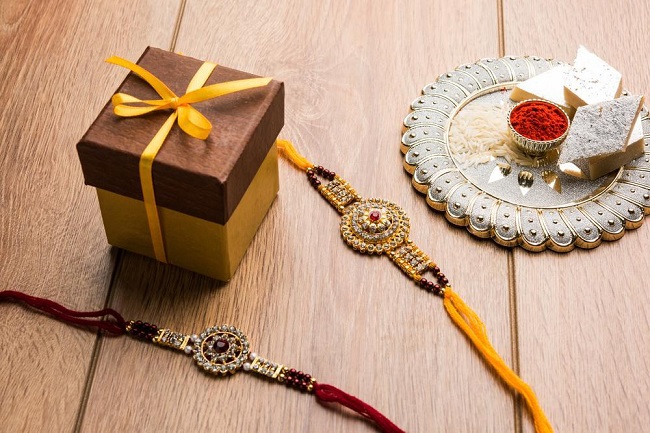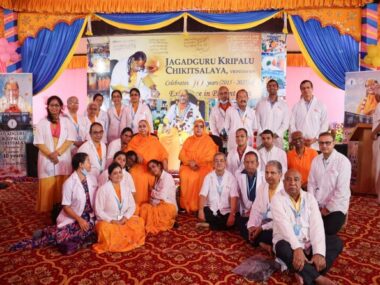An annual celebration known as Raksha Bandhan is ingrained in Indian culture and serves as a touching ode to the unbreakable bond shared by siblings. This cherished holiday, affectionately known as Rakhi, captures the essence of familial love, respect, and protection. On the Hindu calendar’s Shravana full moon day, homes come alive with enchanting rituals that commemorate this auspicious occasion as the sun sets. A digital buzz permeates the social media landscape amid the harmonious fusion of tradition and modernity as discussions abound regarding the exact date of the festival. There is a sense of anticipation and suspense surrounding the upcoming celebrations, as some voices advocate for August 30 as the day of festivity while others support August 31.
The Rakhi thali, the centrepiece of the celebration, is located beyond the calendar conundrum. Sisters carefully curate these thalis to honour their brothers, so this ceremonial outfit perfectly captures devotion and care. The procedure is similar to creating a complex work of art, with each component bearing a special symbolism that deepens the sacred bond.
Rakhi:
The rakhi, a delicate thread pulsing with love and promises, is at the centre of the thali. However, the rituals start long before the tie. The Rakhi plate, which is offered to gods like Bal Gopal or the individual Ishta Devta and placed in the place of worship or temple, represents a spiritual initiation and invokes their blessings and protection.
Kumkum’s Tilak:
Following the tying of the rakhi, kumkum or sindoor is applied to the brother’s forehead. This vermilion mark, which resonates with the goddess Lakshmi, is filled with good luck and success wishes for the future as well as for today.
Akshata:
Unbroken white rice is gathered into the Akshata, which becomes a representation of abundance and purity. It is carefully placed in a delicate vessel and performed in accordance with the Kumkum ritual, bestowing blessings on the brother and laying the foundation for a life full of goodness.
Sandalwood:
Sandalwood, which embodies tranquilly, adorns the thali in a symbolic act of calling forth divine calm. The rituals connect with the blessings of Lord Vishnu and Ganesha by applying sandalwood paste to the brother’s forehead, highlighting the value of a calm and focused mind.
Diyas:
As diyas are lit, a warm glow is cast over the proceedings, symbolising the dispersal of darkness and the welcoming of fortunate beginnings. An ancient aarti is performed as the diya is lit on the Rakhi plate, bringing holiness and spirituality into the air.
Sweets:
Finally, a variety of mouthwatering desserts are placed on the thali. This delicious meal that is served following the Tilak and Raksha thread ceremonies is more than just a treat for the palate. It represents the addition of sweetness to the sibling relationship and embodies the idea that the bond will always be cherished and tender.
Beyond its rituals, Raksha Bandhan is a celebration of kinship, heritage, and culture. It serves as a poignant reminder that, despite the current whirlwind of life, sibling bonds remain unbroken. The Rakhi Thali represents the profound stories, feelings, and aspirations that underlie the time-honoured tradition as the countdown to this year’s festivities gets under way.





